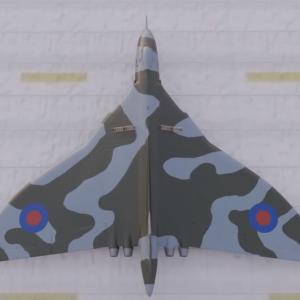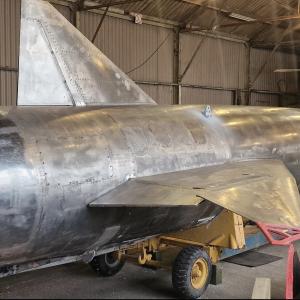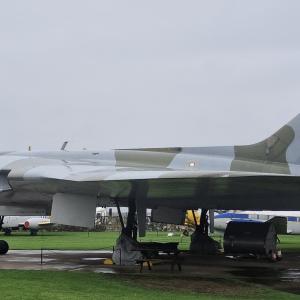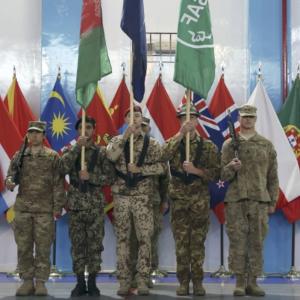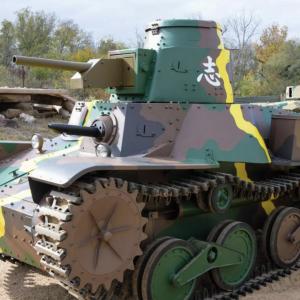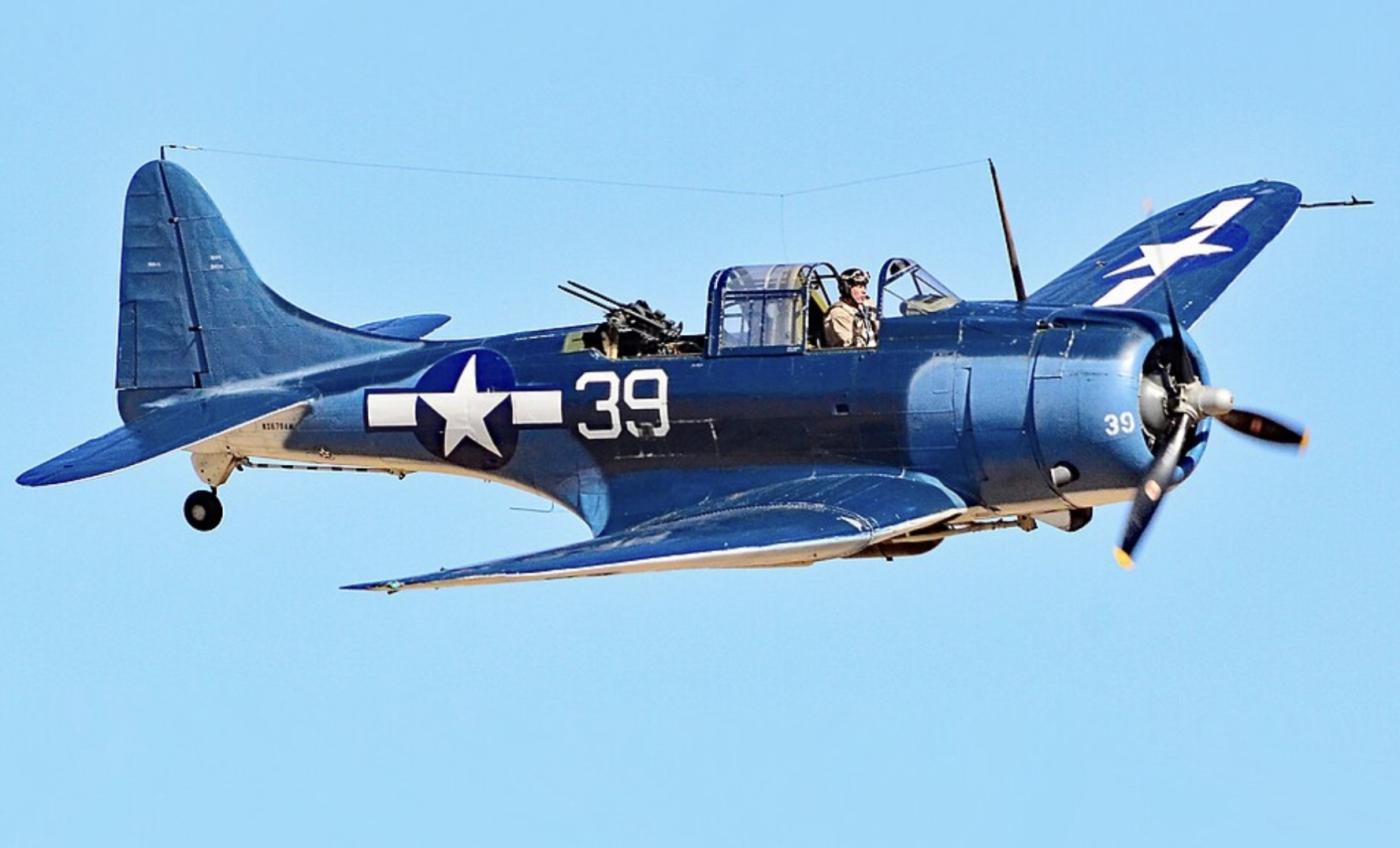
SBD Dauntless plane
The Douglas SBD Dauntless was a carrier-based dive bomber that played a vital role in the U.S. Navy’s success in the Pacific during World War II. It served as the Navy’s main dive bomber from 1940 to 1944 and was instrumental in major naval battles, especially the Battle of Midway. Designed by Ed Heinemann at the Douglas Aircraft Company, the Dauntless evolved from earlier Northrop dive bomber designs. It was intended to be both a scout and a bomber, which is reflected in its official designation: SBD, standing for Scout Bomber Douglas.
Production of the Dauntless ran from 1939 through 1944, with over 5,900 units built. It featured a rugged, reinforced airframe capable of withstanding the stress of steep dives. One of its most distinctive features was its perforated dive brakes on the trailing edges of the wings, which reduced dive speed and increased bombing accuracy. The Dauntless was relatively slow but proved extremely effective and dependable.
In combat, the SBD was a precise and deadly weapon. It became most famous during the Battle of Midway in June 1942, where squadrons from the USS Enterprise and USS Yorktown launched attacks that sank four Japanese aircraft carriers: Akagi, Kaga, Sōryū, and Hiryū. This battle marked a major turning point in the Pacific War. The aircraft's ability to hit moving targets accurately during high-speed dives made it particularly valuable in naval warfare, where precision was essential to defeat enemy carriers and cruisers.
The SBD operated from numerous U.S. Navy aircraft carriers, including the USS Enterprise, USS Yorktown, USS Hornet, USS Lexington, and USS Saratoga. In addition to carrier service, it was used by Marine Corps squadrons operating from island bases across the Pacific, such as Guadalcanal.
The Dauntless carried both guns and bombs. Its forward armament consisted of two fixed .50 caliber Browning machine guns mounted in the engine cowling, aimed and fired by the pilot. The rear gunner operated twin .30 caliber machine guns mounted on a flexible ring, used to defend against enemy fighters during bombing runs. As for its bomb load, it typically carried a single 1,000-pound or 1,600-pound bomb on a centerline rack, which was mounted on a swinging arm to allow clearance of the propeller during a dive. Additionally, it could carry one or two smaller bombs, typically 100 or 250 pounds, under its wings.
In terms of performance, the Dauntless had a top speed of about 255 mph at 14,000 feet, with a cruising speed around 185 mph. Its range was approximately 1,115 miles, and it had a service ceiling of over 25,000 feet. It was powered by a Wright R-1820-60 Cyclone radial engine that produced 1,200 horsepower. The aircraft had a crew of two: the pilot and a rear-seat gunner who also served as the radio operator.
More than 5,900 SBDs were built in total, with several variants including the SBD-1 through SBD-6, each improving on armor, fuel capacity, and engine power. The U.S. Army also used a version of the SBD called the A-24 Banshee, though it was less successful in its role. Later in the war, the SBD was replaced by the Curtiss SB2C Helldiver, a more powerful but less well-liked aircraft.
Despite its relatively slow speed and limited range compared to later aircraft, the Dauntless gained a strong reputation for ruggedness, reliability, and deadly effectiveness. Its ability to hit targets with high accuracy and return to base, even when damaged, made it one of the most respected dive bombers of the war. Nicknamed "Slow But Deadly" by its crews, the SBD Dauntless played a critical role in the early and mid-years of the Pacific conflict and helped secure American naval dominance in the region.

